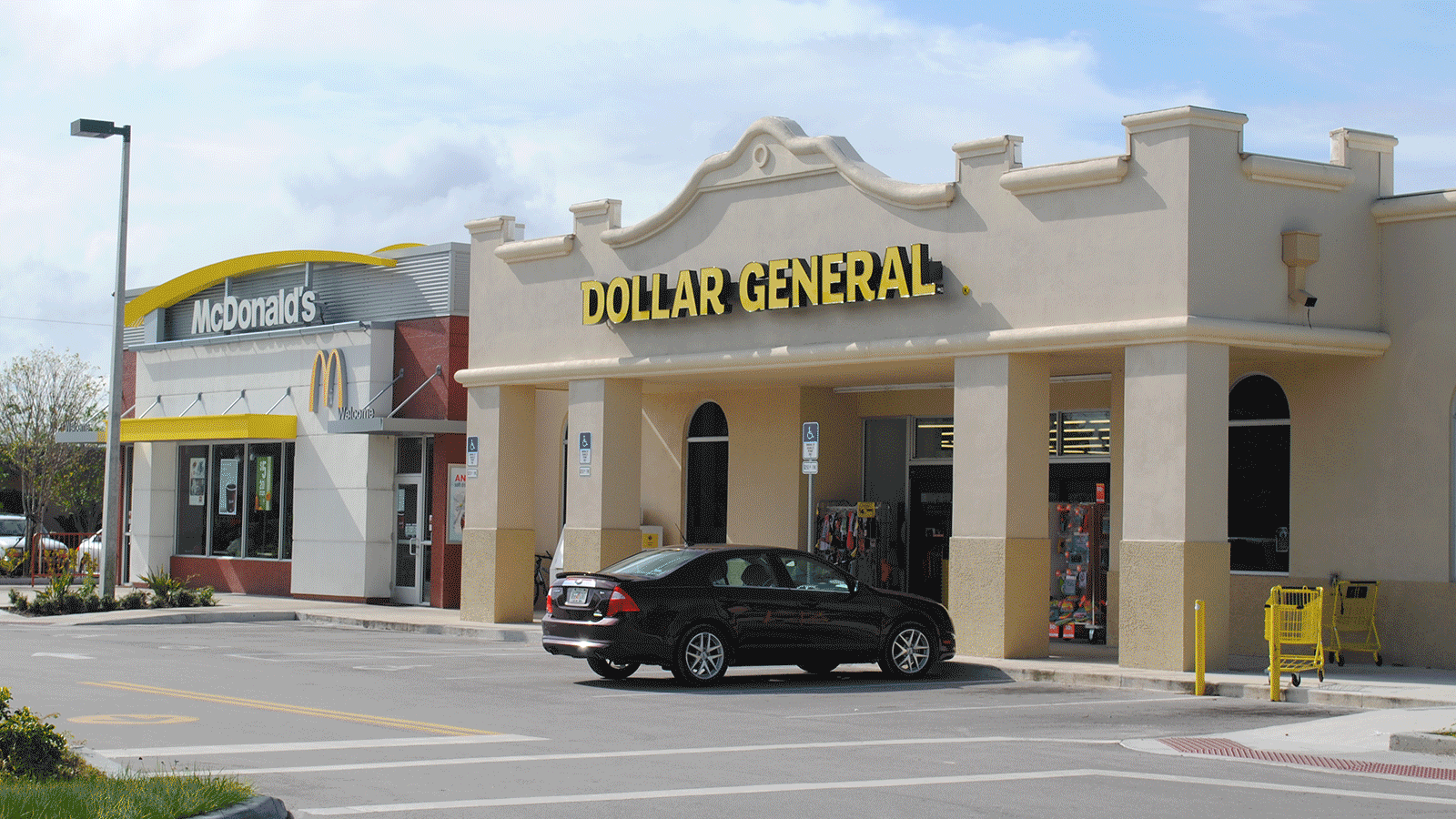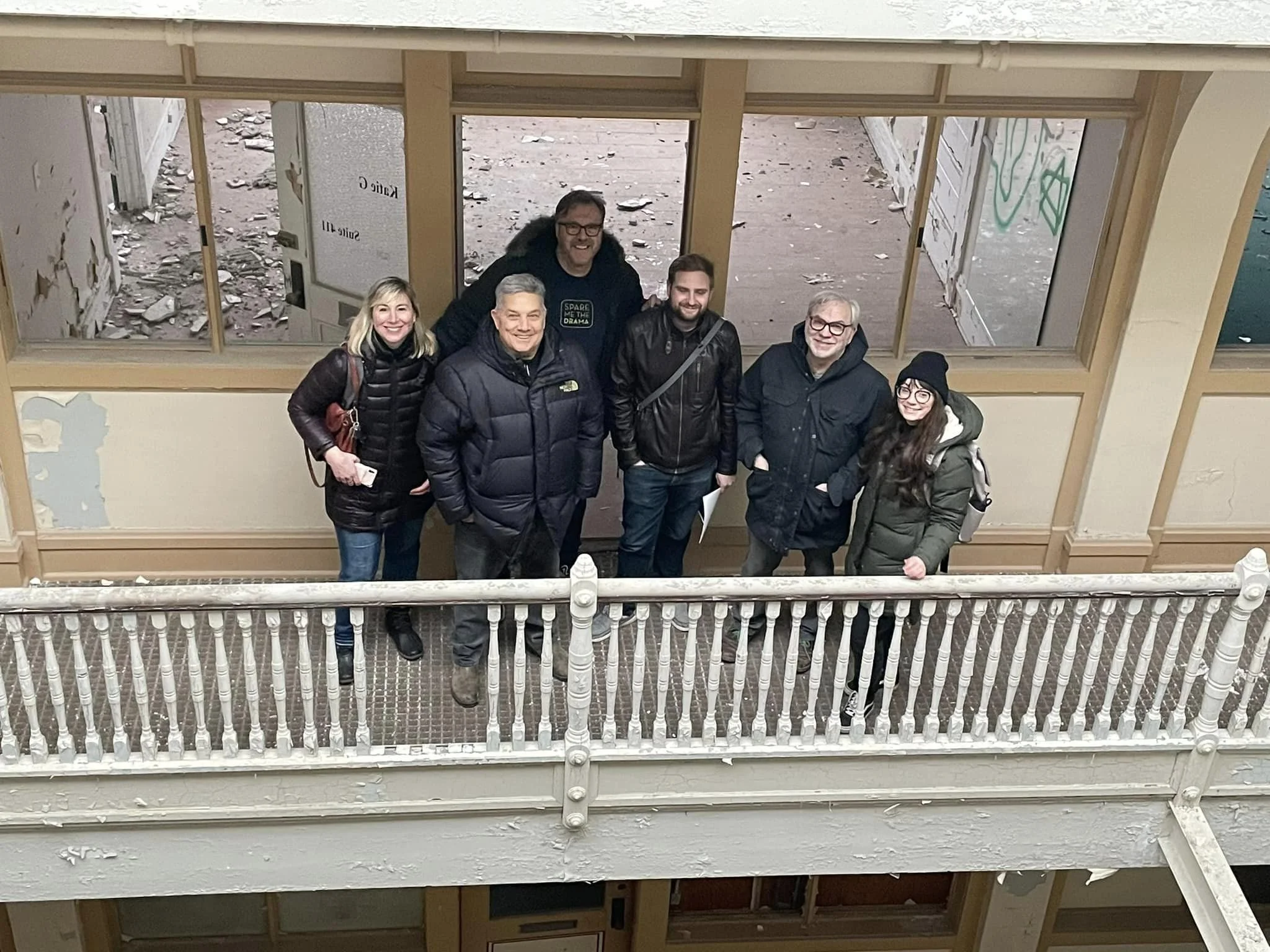In this episode, host Abby Newsham is joined by Andrew Ganahl, managing partner of a real estate development company that specializes in urban infill housing, to discuss townhouses.
Read MoreRegulatory reform doesn’t always mean replacing or changing zoning codes. Great designers are experts at working within existing codes to increase housing options, and this method is often more attainable and scalable than actually changing the code. Here’s one such example of using existing code to create incremental housing.
Read MoreDo you know what it's like to have your housing be dependent on a country club membership that you can't afford? Renters across the United States do, as they're forced to pay for amenities like private parking spaces or pool access — even if they never use them.
Read MoreMany cities in the United States are experiencing a housing crisis, with pressure growing for someone to find a solution. But is an official solution even possible? With dysfunctional institutions and a divided culture, the “solution” might come down to individuals doing what they can in the moment.
Read MoreMonte Anderson is a local developer who sees it as his mission to revive his community—not only through neighboring relationships, but also by saving the abandoned and broken spaces.
Read MoreImmokalee, FL, sits 30 miles from glitzy Naples, yet it’s one of the most rent-burdened places in the state. Local nonprofits are teaming up to change that by planning a new community for Immokalee’s agricultural workers.
Read MoreTransit Alliance Miami, a transit and mobility advocacy group, hopes to encourage the development of more types of housing in Florida with draft legislation that would repeal costly parking minimums.
Read MoreA yoga studio owner turned into a developer and transformed a former mill into a mixed-use building, offering housing and economic opportunities in Rhode Island's fourth largest city.
Read MoreOn this episode of The Bottom-Up Revolution, we chat with Marques King, a licensed architect, practicing urban designer, and small-scale developer operating out of Detroit, Michigan.
Read MoreThis Dallas citizen developer is creating housing that’s maximizing profit—not for himself, but for the community—by funneling individuals from the foster care system into homeownership.
Read MoreThe pre-approved building plan model is beginning to take hold across the country as a streamlined alternative to achieve a community vision. Here’s how one community in Florida is doing its own take on the concept.
Read MoreThe process of getting a new development approved often yields results that make no one happy. However, there is an opportunity here to be more assertive about your community’s vision.
Read MoreMany agree that encouraging residential construction in underutilized urban areas is a good idea, but here’s why turning an office building into an apartment isn’t always so easy, in practice.
Read MoreDevelopers are starting to view downtown abandoned office buildings as easy cash—that is, if you can find the right sort of abandoned office.
Read MoreAll too often, the job of development is handed to large developers with large swaths of cash to implement an all-at-once, large-scale development. This small-scale developer is showing how there is another (and better) way.
Read MoreDevelopers and builders often ask the same question: “What can I build on x lot?” But what is it that they’re actually looking for, and how can the urban planners they work with help them make the most of a given space?
Read MoreTens of thousands of homes are now more buildable, including several projects now resurrected that local parking mandates had previously killed.
Read MoreA troubled project in Mission, KS, speaks to the problems with large, single-developer projects—but also why fixating on the "bad developer" narrative isn't necessarily helpful.
Read MoreThe Conservancy of Southwest Florida has done the math on a proposed development in rural Collier County, FL, and what they discovered enabled them to take a large-scale developer to court.
Read MoreIf it takes a village to raise a child, then it takes a whole community to build a building. The small-scale developers of South Bend, IN, are showing how to do just that—and do it successfully in the long term.
Read More



















